Review: Airspy HF+
Airspy HF+ is a software defined radio receiver (SDR), which has been widely available since 2017. Unlike most of other devices, it has some cutting edge features like very high dynamic range sigma-delta ADCs and a polyphase harmonic rejection mixer. This receiver supports multiple frequency ranges: 9 kHz – 31 MHz, 60 – 260 MHz and 1.2 – 1.67 GHz (undocumented).
HF+ uses STA709 front-end tuner IC with two Σ∆ ADCs at 36 Msps, which are an equivalent to direct sampling at 72 Msps. The digital signal is decimated, scaled down and streamed via USB. The output I/Q stream provides 16-bit samples at 768 Ksps rate, but the usable bandwidth is a bit narrower though, up to 660 kHz. Actually, this is not much, but seems to be enough for HF, and some purposes at VHF band. More information about this receiver, including a detailed block diagram, is available on Airspy website. This review concerns VHF reception only (i.e. 87.5 – 108 MHz FM broadcast band).

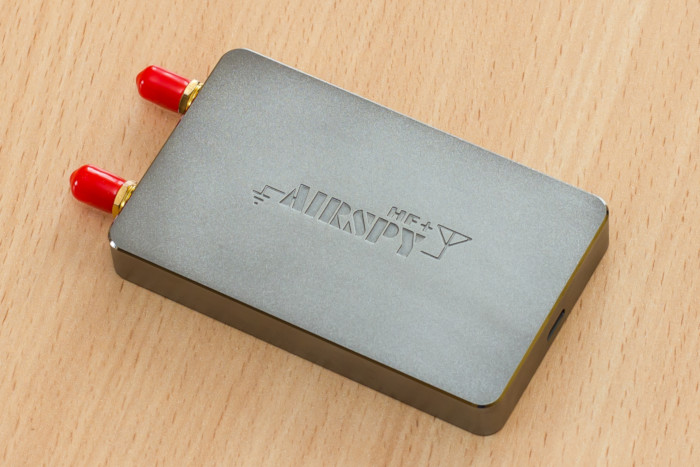
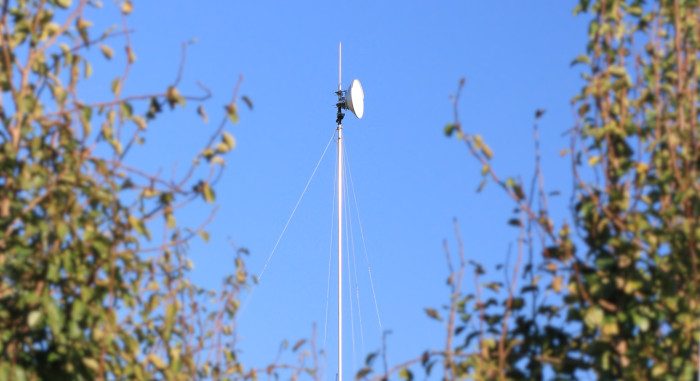
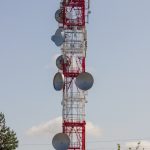

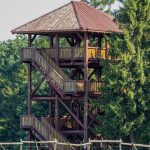
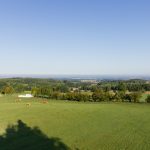
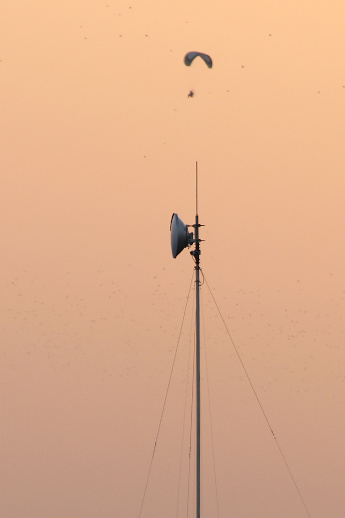 A widespread high pressure system settled down over Europe in the middle of October 2017. It brought a summer-like weather to Poland with temperatures as high as 26°C measured in Wr
A widespread high pressure system settled down over Europe in the middle of October 2017. It brought a summer-like weather to Poland with temperatures as high as 26°C measured in Wr

